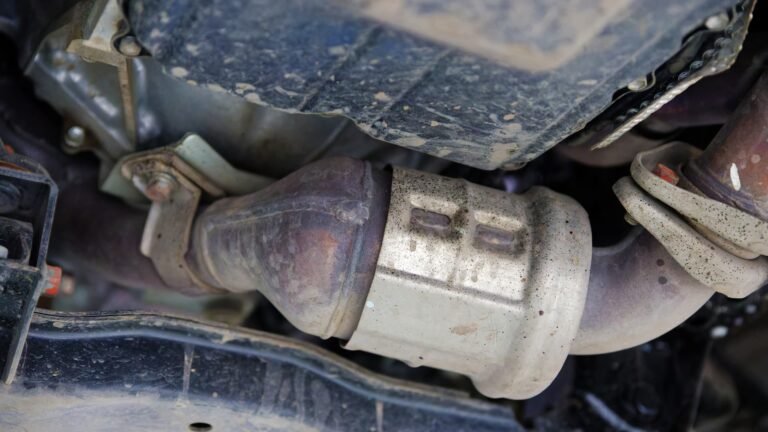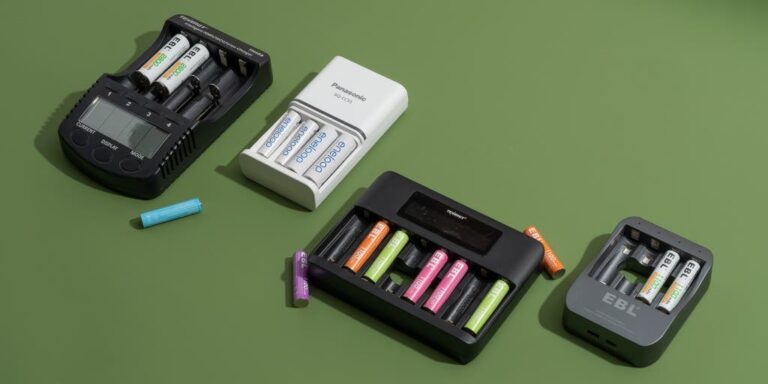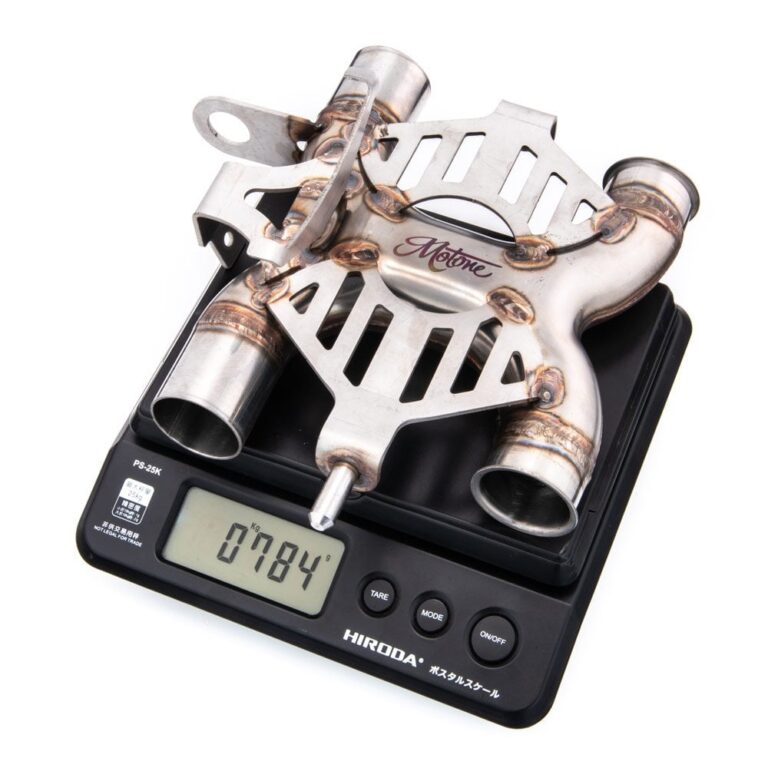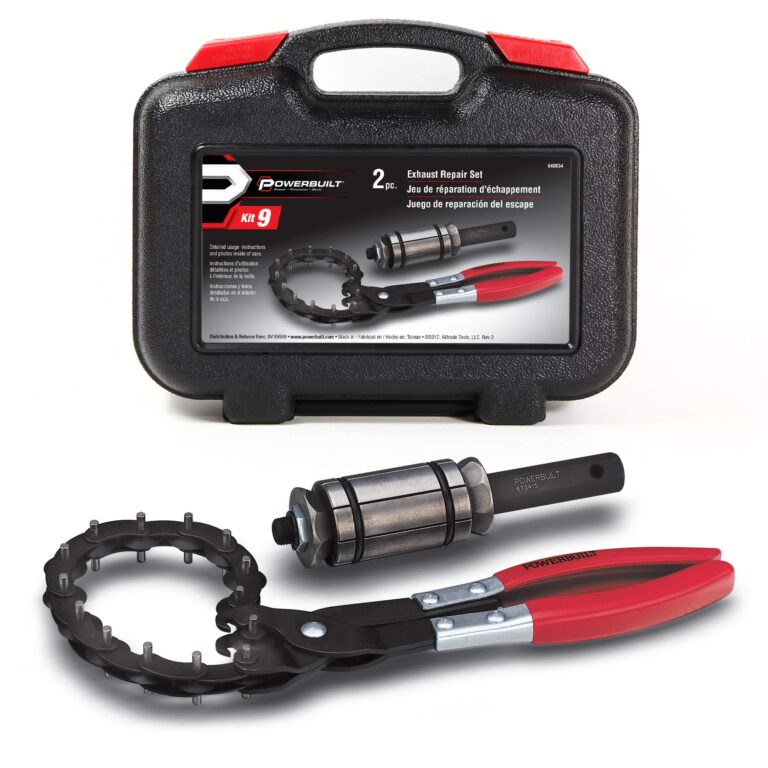What’s the Difference Between Tig Welding and Mig Welding: Unveiling the Power of Precision
TIG welding and MIG welding are two different welding techniques. TIG welding uses a tungsten electrode and an inert gas to create a precise and high-quality weld, while MIG welding uses a consumable wire electrode and a shielding gas for a faster and more versatile welding process.
Welding is an essential fabrication process used across various industries, and two popular techniques are TIG welding and MIG welding. Each technique has its unique characteristics and applications. TIG welding, which stands for tungsten inert gas welding, utilizes a tungsten electrode heated by an electric arc to weld metals.
It is known for its ability to produce high-quality, intricate welds on thin materials. On the other hand, MIG welding, or metal inert gas welding, relies on a consumable wire electrode and a shielding gas for protection. This method offers faster welding speeds and is commonly used for thicker materials and manufacturing processes. Understanding the difference between TIG and MIG welding can help individuals choose the appropriate technique for their specific welding needs.
Advantages And Disadvantages Of Tig Welding
Tig welding, also known as Tungsten Inert Gas welding, offers numerous advantages and disadvantages. One of its main advantages is the control over heat input it provides. As a precise welding technique, it allows welders to adjust the heat output, resulting in higher quality welds with reduced distortion and porosity.
Another advantage of Tig welding is its versatility with different metals. Whether it is stainless steel, aluminum, or copper, Tig welding can be used on a wide range of metal materials, making it a popular choice in various industries.
However, Tig welding has a few disadvantages. First, it is generally a slower process compared to other welding methods. This can result in longer production times, especially for larger projects. Second, Tig welding requires a high skill level to master. The intricate process of controlling the torch and filler rod simultaneously demands ample training and experience.
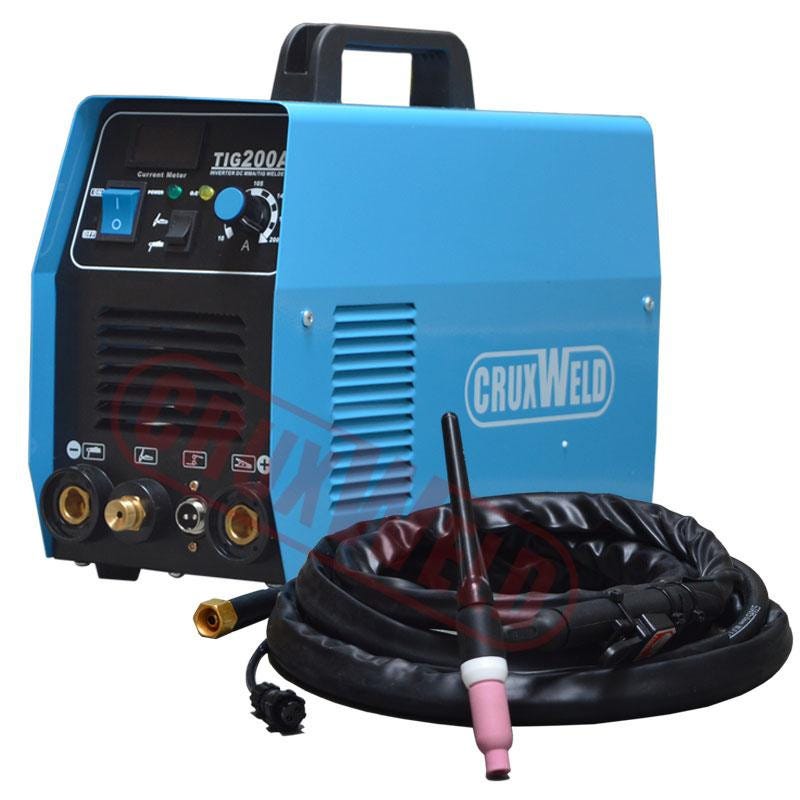
Credit: medium.com
Advantages And Disadvantages Of Mig Welding
Mig welding, also known as metal inert gas or gas metal arc welding, is a faster process compared to other welding techniques. It is especially suitable for thicker materials. Mig welding is also easier to learn and use, making it a popular choice among beginners and DIY enthusiasts. However, it is important to note that mig welding has some limitations. It is limited to certain metals such as steel, stainless steel, and aluminum. Additionally, mig welding provides less control over heat input compared to other welding methods. Despite these disadvantages, mig welding remains a versatile and widely used technique for joining metal pieces.
Key Differences Between Tig And Mig Welding
| Heat input control |
| Tig welding uses a non-consumable tungsten electrode to produce the weld, which allows for precise control over the heat input. On the other hand, Mig welding uses a consumable electrode wire, resulting in a higher heat input and less control over the process. |
| Weld quality |
| Tig welding produces high-quality welds with excellent aesthetics and strength. The focused heat and precise control result in minimal distortion and weld defects. Mig welding, while faster, may produce less aesthetically pleasing welds with a higher chance of defects. |
| Skill level required |
| Tig welding requires more skill and experience due to the need for precise control and manual manipulation of the torch and filler rod. Mig welding, on the other hand, is relatively easier to learn and suitable for beginners. |
| Versatility |
| Tig welding can be used on a wide range of materials, including stainless steel, aluminum, and exotic alloys. Mig welding is more suitable for carbon steels and aluminum. |
| Speed of process |
| Mig welding is a faster process due to the continuous wire feed, resulting in higher productivity. Tig welding is a slower process due to the manual addition of filler material. |
| Materials suitability |
| Tig welding is suitable for thin materials and intricate welds. Mig welding is more suitable for thicker materials and long continuous welds. |
Frequently Asked Questions Of What’s The Difference Between Tig Welding And Mig Welding
Is Mig Or Tig Better For Beginners?
For beginners, TIG welding is generally better because it offers more control and precision. With TIG welding, you can create cleaner and more detailed welds. However, MIG welding is easier to learn and better for thicker metals. Ultimately, the choice depends on the specific needs and preferences of the beginner.
Is Tig Welding The Strongest Weld?
TIG welding is one of the strongest welding methods due to its precise and controlled process. It produces high-quality welds that are resistant to cracks and corrosion, making it suitable for critical applications. TIG welding also offers excellent control over heat input, resulting in stronger and cleaner welds overall.
What Is The Advantage Of Mig Over Tig Welding?
MIG welding offers advantages over TIG welding due to its high-speed process and versatility. MIG welding is faster and more suitable for thicker materials, while TIG welding excels in providing precise and high-quality welds on thinner materials.
What Is The Best Type Of Welding For Beginners?
The best type of welding for beginners is MIG welding. It is easy to learn, offers good versatility, and produces clean welds. MIG welding uses a wire electrode and an inert gas to protect the weld from oxidation. It is a popular choice for hobbyists and professionals alike.
Conclusion
To sum it up, both TIG welding and MIG welding have their own unique features and applications. TIG welding excels in precision and is ideal for thinner metals, while MIG welding offers faster and more efficient results for thicker materials.
Ultimately, your choice will depend on the specific project and material you’re working with. Understanding the differences between these two welding techniques is crucial for determining the most suitable method for your welding needs. So, equip yourself with the knowledge of TIG and MIG welding to make informed decisions and achieve high-quality welds.



